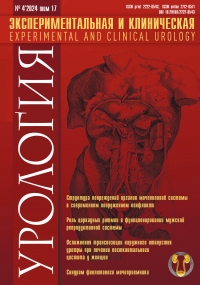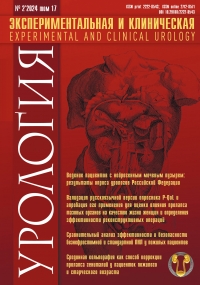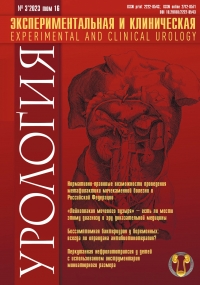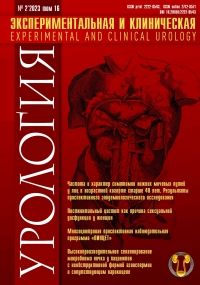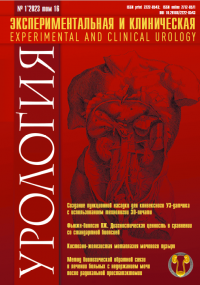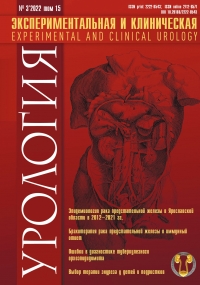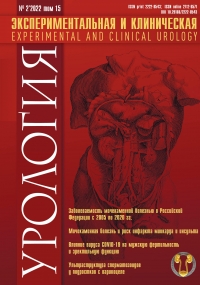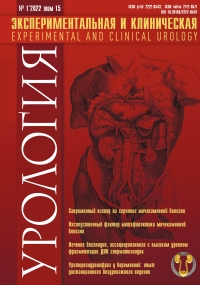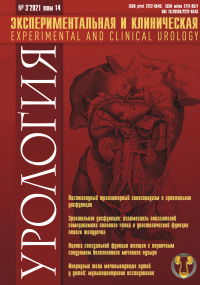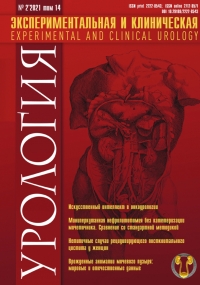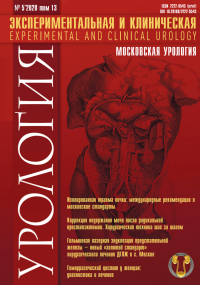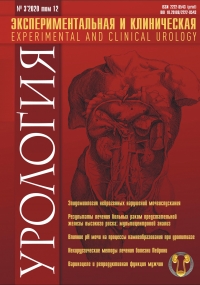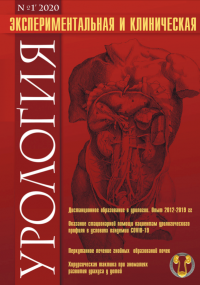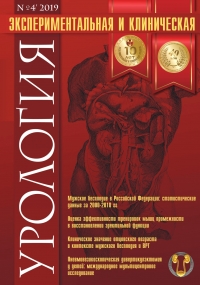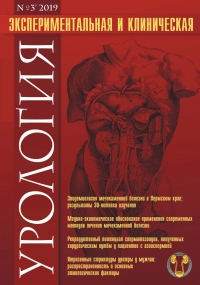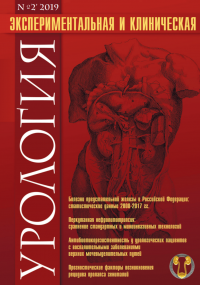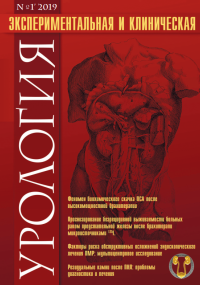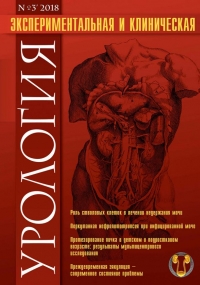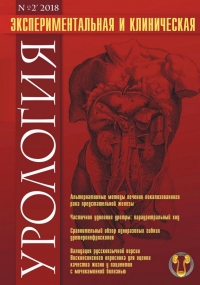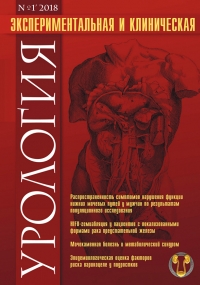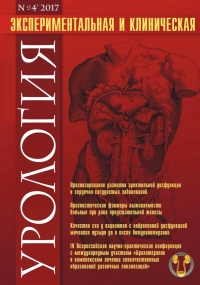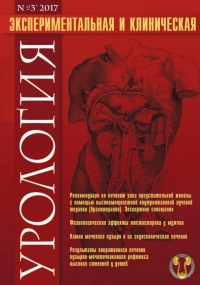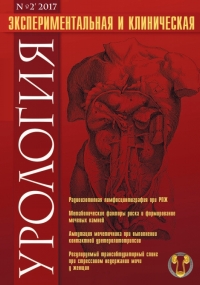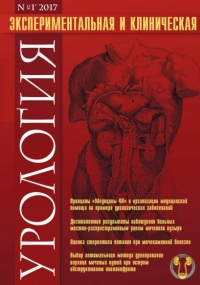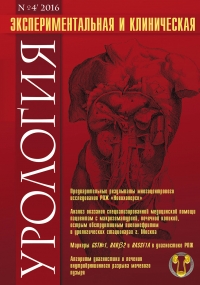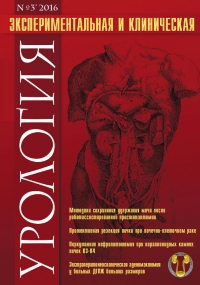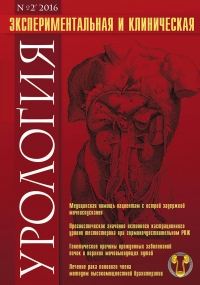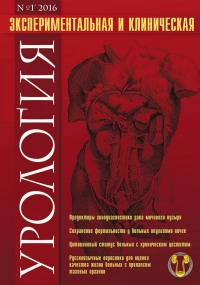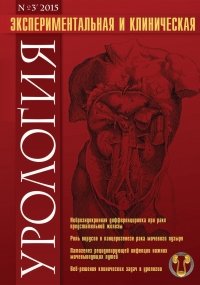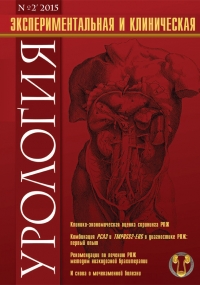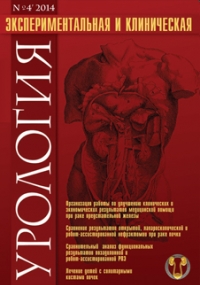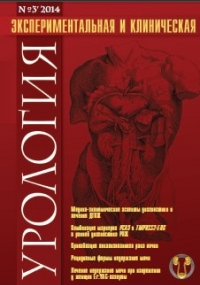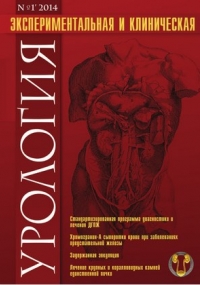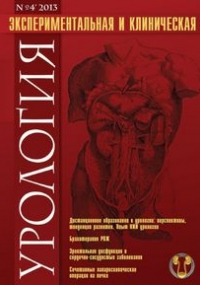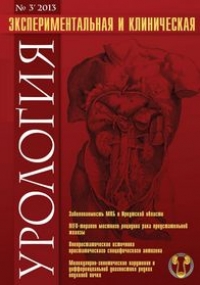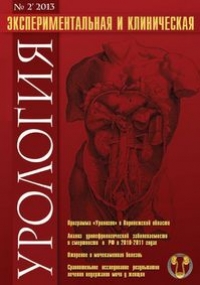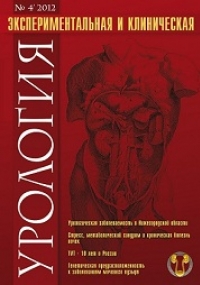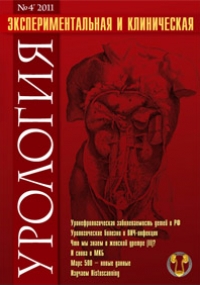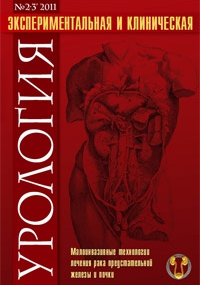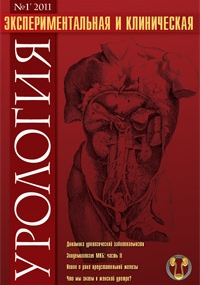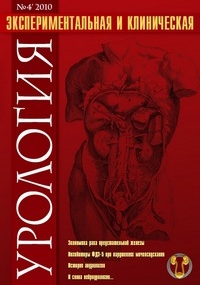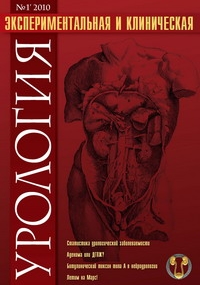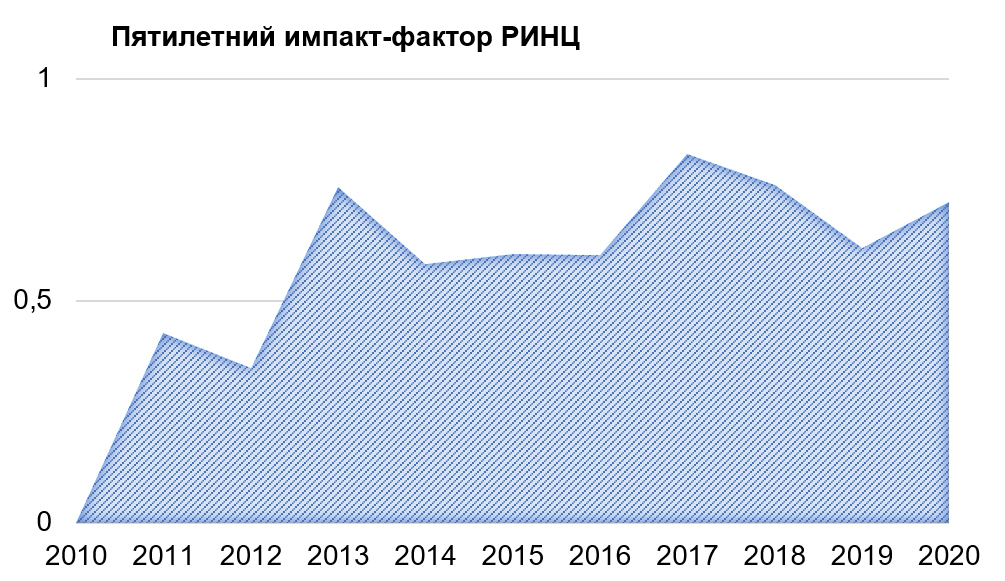The results of using the original technique of testicular fixation with transscrotal approach in the surgery of cryptorchidism in children DOI: 10.29188/2222-8543-2021-14-1-151-155
- Kogan M.I – Dr. Sc., professor, Honoured Worker of Science of Russia, Head of the Department of Urology and Human Reproductive Health with the Course of Pediatric Urology-andrology of the Advanced Training and Specialist Professional Retraining Faculty. Rostov State Medical University of the Ministry of Healthcare of the Russian Federation; Rostov-on-Don. Russia; https://orcid.org/0000-0002-1710-0169
- Makarov A.G. – Pediatric urologist-andrologist of the uroandrology Department, regional children's clinical hospital; Rostov-on-don, Russia; https://orcid.org/0000-0001-9311-3706
- Sizonov V.V. – Dr.Sc., associate professor, professor at the Department of urology and reproductive health with the course of pediatric urology and andrology of FGBOU VO «Rostov State Medical University of the Minzdrav of Russia, Head of the Pediatric Uroandrologic Department of Rostov Regional Children’s Hospital; Rostov-on-Don, Russia; https://orcid.org/0000-0001-9145-8671
- Kagantsov I.M. – Dr.Med.Sci., Chief Researcher, Research Laboratory for Surgery of Congenital and Hereditary Pathology Institute of Perinatology and Pediatrics, Almazov National Medical Research, Centre; Saint Petersburg, Russia. Professor at the Department of Surgical Diseases, Pitirim Sorokin Syktyvkar State University; Syktyvkar, Russia; https://orcid.org/ 0000-0002-3957-1615
- Orlov V.M. – Ph.D. pediatric urologist-andrologist of the uroandrology Department, regional children's clinical hospital; Rostov-on-don, Russia; https://orcid.org/0000-0003-0706-5723
 895
895 Introduction. Transscrotal orchiopexy is gradually gaining more and more adherents and expanding the boundaries of its use. At the stage of funiculolysis, the use of the transscrotal approach is accompanied by extensive dissection of the tunica dartos, which makes it almost impossible to use the Shoemaker technique for testicular fixation. The described situation determines the need to develop a testicular fixation technique with transscrotal approach (TA).
Material and methods. The study included 186 patients operated on for unilateral inguinal cryptorchidism in the period from 2009 to 2019 using TA Left-sided cryptorchidism was in 76 (41%), right-sided in 110 (59%) boys. Group I – 89 (47.8%) patients operated on TA according to the Bianchi technique, the average age of patients was 45.9 ± 39.6 months. Group II – 97 (52.2%) patients, mean age 47.8 ± 41.6 months, operated on TA using an original method of testicular fixation, consisting in the formation of a cuff from subcutaneous adipose tissue around the spermatic cord by suturing it from superficial inguinal ring, above and below the spermatic cord in the caudal direction to the entrance to the scrotum. In the postoperative period, the volume and position of the gonads in the scrotum were assessed at 3, 6 and 12 months after surgery. To determine the significance of differences between the groups, Student's t-test and chi-square test were used.
Results. Unsatisfactory position of the gonads in the postoperative period in group I was noted in 6 (9.5 %), in group II in 1 (1.16%) cases (p < 0.05). Testicular atrophy was detected in group I in 1 (1.59%) patient, in group II also in 1 (1.16%) patient (p> 0.05). The testicular hypotrophy index decreased after 12 months. In group I from 60.7 ± 21.2% to 44.3 ± 23.9%, in group II from 63.1 ± 19.4% to 43.8 ± 19.1%, (p < 0.05).
Conclusions. The author's testicular fixation technique for transscrotal orchiopexy provides the safety of surgery comparable to the standard Bianchi and Squire technique, but higher efficiency in preventing testicular malposition after surgery
| Attachment | Size |
|---|---|
| Download | 826.38 KB |


